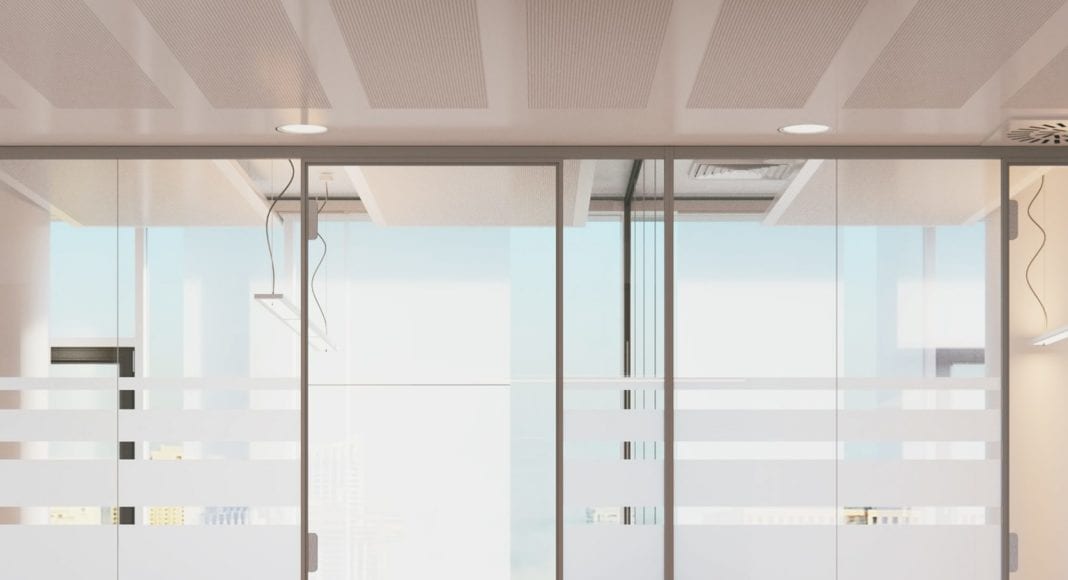Mobile data traffic has grown 18-fold over the past 5 years, and shows no signs of slowing down. In the effort to provide adequate service, the ecosystem (in all its components) continues to innovate with new technologies, and to densify wireless networks both indoors and outdoors.
Installing in-building cellular coverage solutions may require a variety of skillsets, from RF engineering to cable installation. While the installation cost for a very large deployment is typically higher than the hardware itself, advances in technology have led to newer, simpler solutions that dramatically reduce planning and deployment requirements for mid-sized venues. In addition to reducing overall costs and turnaround times for implementation, new solutions are alleviating the ongoing industry challenge of skills shortages to deploy systems that resolve poor voice and data quality, dropped calls, and cellular service black holes experienced in the enterprise space.
Advanced technical skills are still required to install larger scale solutions, but for mid-sized and smaller venues, solutions have emerged that simplify the planning process, equipment selection, and antenna aiming to automate the difficult calculations of RF planning and eliminate the complexity of specifying the system for the unique venue requirements. To paint a clearer picture of this changing landscape, following is an overview of skill sets required for specific in-building cellular coverage solutions.
#1 – Traditional DAS – Traditional DAS is the go-to solution for Tier 1 larger scale venues (typically 500,000 sq. ft. and up) where there are a high density of cellular users. It requires the most advanced level of technical expertise from both a planning and installation standpoint, not to mention ongoing maintenance.
The ICT professional association Bicsi has created an industry-wide reference in its 11 Steps to DAS document. These steps include everything from various stage surveys and design, to carrier approvals, equipment sourcing, installation, testing, and commissioning. Depending on the stage in question, the process might involve the skills of RF distribution professionals, electrical or network engineers, safety specialists, planners and/or integrators, and sophisticated tools.
#2 – Small Cells – In venues that need greater signal capacity, operators in the US may allow up to three small cells to be “self-installed.” In this context, “self-install” means the devices will be shipped directly to the enterprise, without further intervention or involvement from the carrier. Beyond that number, more skills are required due to a higher risk of interference between the small cells and the macro cellular network. Generally, small cells can provide capacity and coverage for spaces up to 10,000 sq. ft. per cell, dependent upon its the power level. In some installations, the setup can be completed by an IT professional in a relatively short time.
However, there can be complications relating to backhaul, interference between multiple small cells, cabling, RF coverage optimization through antenna placement, obstacles inside the venue, and green building construction. These impediments may require more specialized skills (and installation costs) from the carrier or integrator, such as RF engineering, design, or testing. Since small cells require backhaul (Internet connection), each business needs to understand how much data capacity it has, and how much it may need to add. Carriers will normally require a certain amount of dedicated backhaul, per small cell.
#3 – Active DAS Hybrid – New technology in this category of in-building cellular coverage solutions was specifically designed for mid-size enterprises—the middleprise. It not only fills a gap in this market, but also alleviates the high costs associated with traditional DAS.
From an installation perspective, the new active DAS hybrid is designed to replace the DAS-style remote/cable/splitter/coupler signal distribution tree with a much simpler combination of Cat5e cabling, Power over Ethernet (PoE), and intuitive planning tools. Qualified systems integrators can install this solution, either with an off-air configuration or using a small cell donor for input. The latter option – also known as a Supercell (i.e. a large single cell versus multiple small cells) – provides uniform access to the capacity introduced by the small cell. Supercells are inherently uncomplicated from a planning and deployment point of view, and are far more resilient to the potential of interference or performance degradation.
An added benefit of this technology is the built-in intelligence for self-configuration and self-optimization. For example, the active DAS hybrid can automatically manage power levels between components and the serving network. QUATRA can assess signal quality, signal to noise ratios, and antenna feedback. Sophisticated Nextivity proprietary echo-cancellation software enables the coverage nodes to be deployed with less concern for interference. Importantly, all components can be managed remotely in the cloud, using Nextivity’s NMS (Network Management System) solution named WAVE. This tool can eliminated the need for on-site service calls to run diagnostics and perform troubleshooting tasks.
At a time where skills—and budget—are in short supply, IT departments in middleprise organizations in particular can now partner with installers that are knowledgeable about these intelligent technologies that help alleviate the time and costs associated with more complex solutions.
When it comes time to consider an in-building cellular coverage solution, the following chart outlines the list of skills needed for each:

In summary, while RF engineers and trained technicians are in relatively short supply, IT departments of small to mid-size enterprises can now partner with the rapidly growing number of certified low voltage installers of Active DAS Hybrid solutions to support massive scale in-building densification at a price point that meets their budgets.
For more information, download the white paper: Simplifying Cellular Coverage for the Middleprise with Cel-Fi QUATRA
ABOUT THE AUTHOR
Joe Schmelzer is Senior Director of Products at Nextivity. He has developed a variety of products and industrial devices for chipset vendors, OEMs, and service providers, including products for Sony, Qualcomm, Google, Verizon Wireless, AT&T, Dell and HP. He enjoys speaking opportunities and writing. For more information, contact [email protected] or visit www.cel-fi.com

